March Gardening Jobs: What to Do, Plant, and Prune This Month
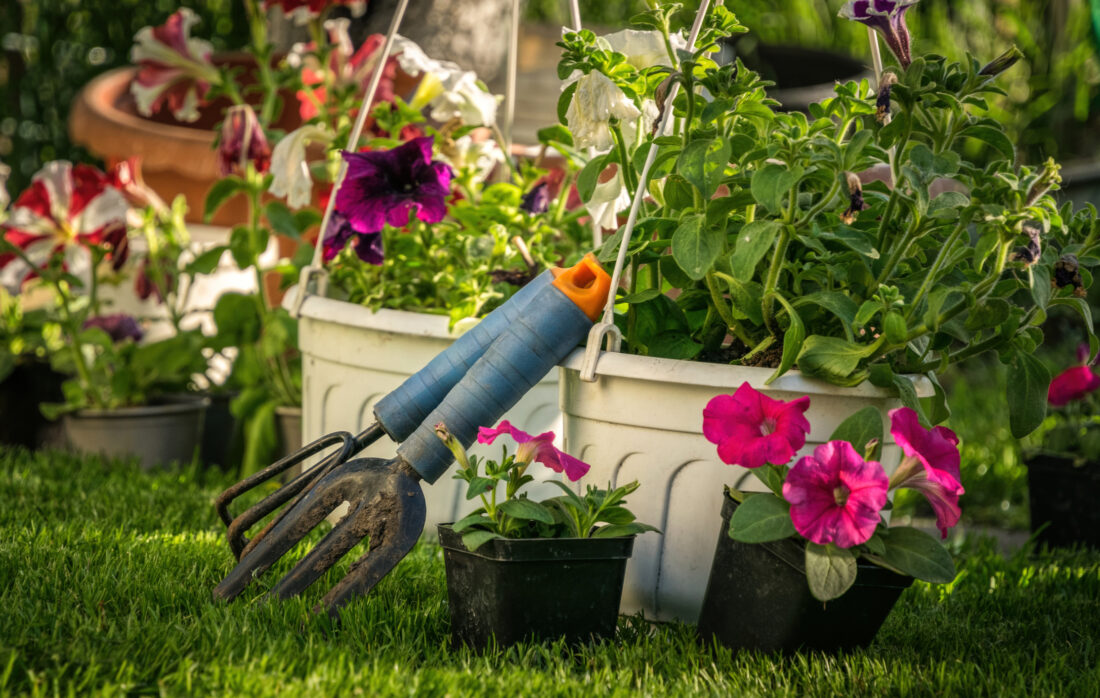
March marks a turning point in the gardening calendar. With longer days and rising temperatures, it’s the perfect time to start preparing your garden for a blooming season ahead. Whether you're tackling garden maintenance, planning a low-maintenance garden or flower bed, or wondering what vegetables to plant in March, our guide has all the essential March gardening tips you need.
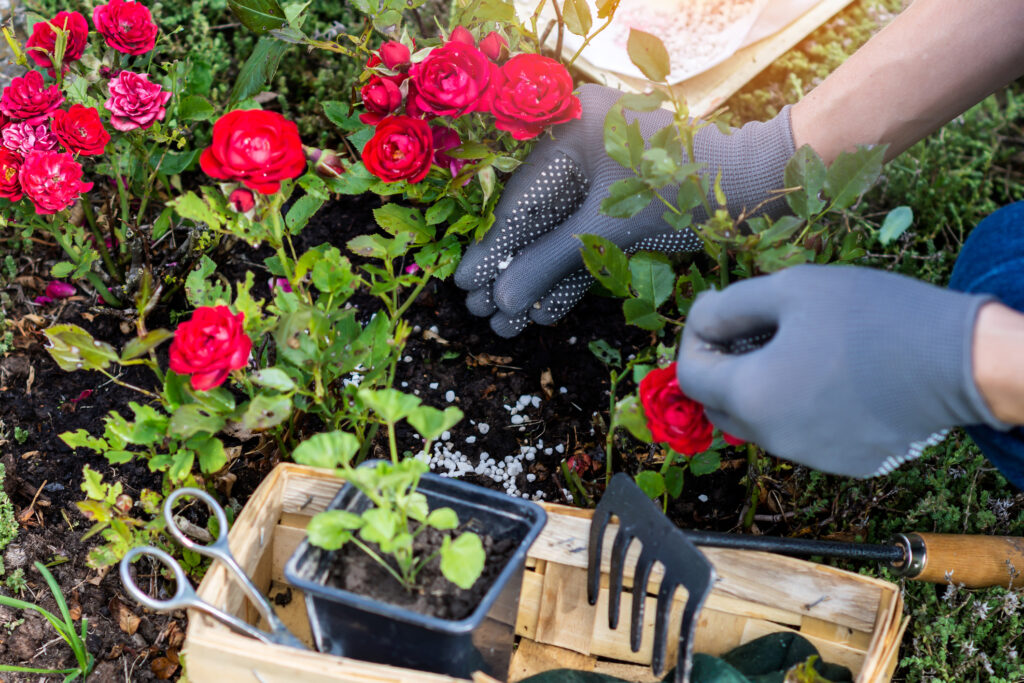
Garden Maintenance and Cleaning in March
Before diving into planting, it’s important to start with a bit of garden cleaning. March is a great time to tidy up after winter and prepare your space for growth. Here’s how:
- Clear Away Debris: Remove dead leaves and winter debris from flower beds and borders
- Prune Wind-Damaged Branches: Check trees and shrubs for any damage and trim to keep plants healthy.
- Deadhead faded blooms: Tidy up winter or early spring bedding plants to extend their flowering
- Lawnmower maintenance: Change the oil and get your lawnmower ready before the first mow.
- First grass cut: When the lawn is dry, mow high and often to avoid stressing the grass.
- Treat moss: Use a 3-in-1 weed, feed, and moss killer to start the season strong.
- Weed control: Apply treatments to driveways and paths now to stay ahead of weed growth.
Before you get planting, take a moment to step back and admire the progress you've made so far. With your garden now tidied, weeded, and prepped, it's time to focus on the exciting part—planting! From fresh veggies to vibrant blooms, there's plenty to get into the soil this month.
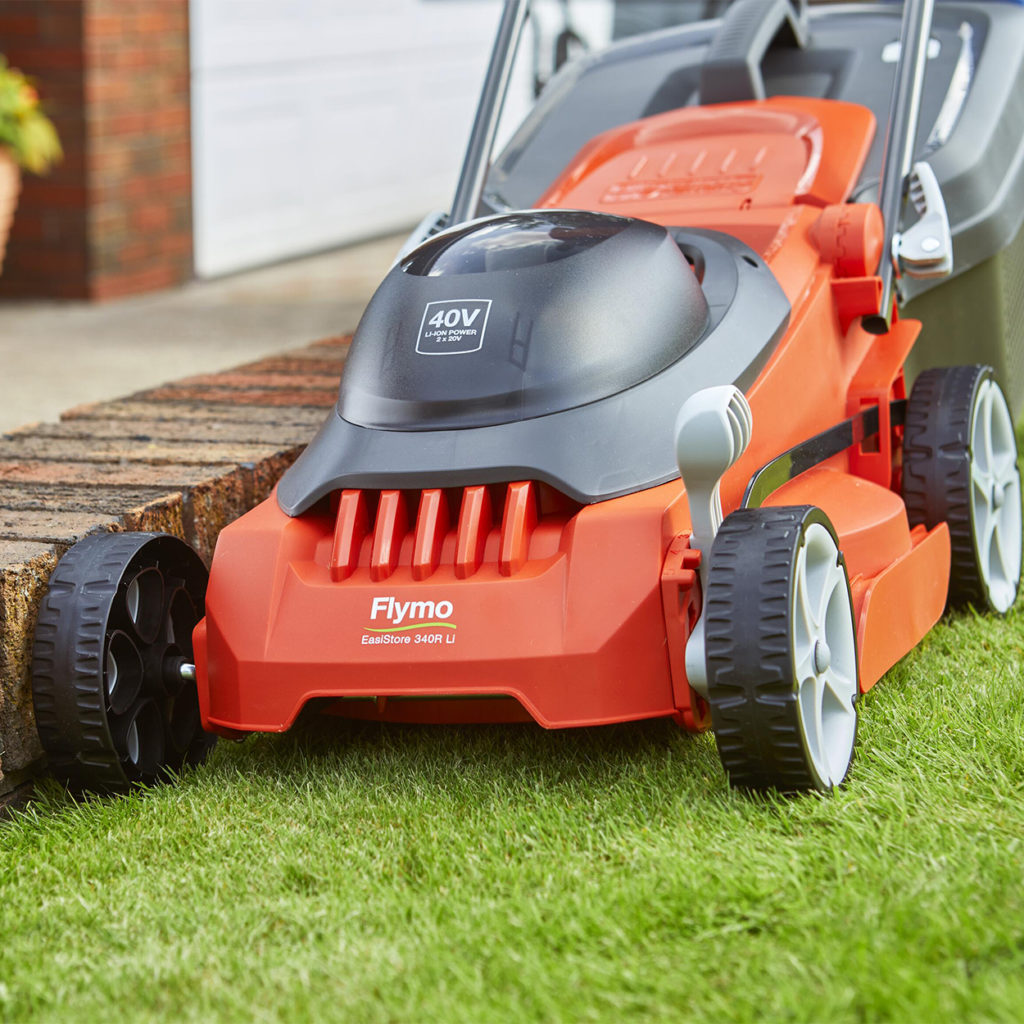
What to Plant in March: Vegetables and Flowers
Knowing what to grow in March can set you up for success later in the season. March is the ideal time to get a wide range of plants and veggies into the ground.
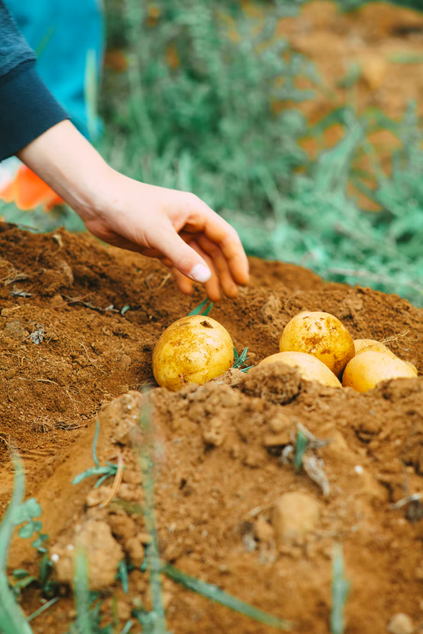
Best Vegetables to Plant in March:
- Potatoes: March is peak potato planting season. Start with early varieties in early March, followed by main crops later in the month. Consider the lazy bed potato planting method for an easier, no-dig approach.
- Salad leaves, broad beans, beetroot, carrots, and onions can also be sown outdoors.
Best Flowers to Plant in March:
March is the ideal time to bring vibrant colour back into your garden. From bold bulbs to cottage garden favourites, here’s what to plant now for a long-lasting floral display. These are some of the best flowers that bloom in March and beyond:
- Summer flowering bulbs such as lilies, gladioli, and alliums can be planted now to ensure beautiful blooms later in the season.
- Perennials are becoming widely available in garden centres—plant them in groups to create bold, eye-catching displays.
- For low-maintenance flower beds, consider reliable bloomers like lavender, salvia, and geraniums. These are not only hardy but also pollinator-friendly.
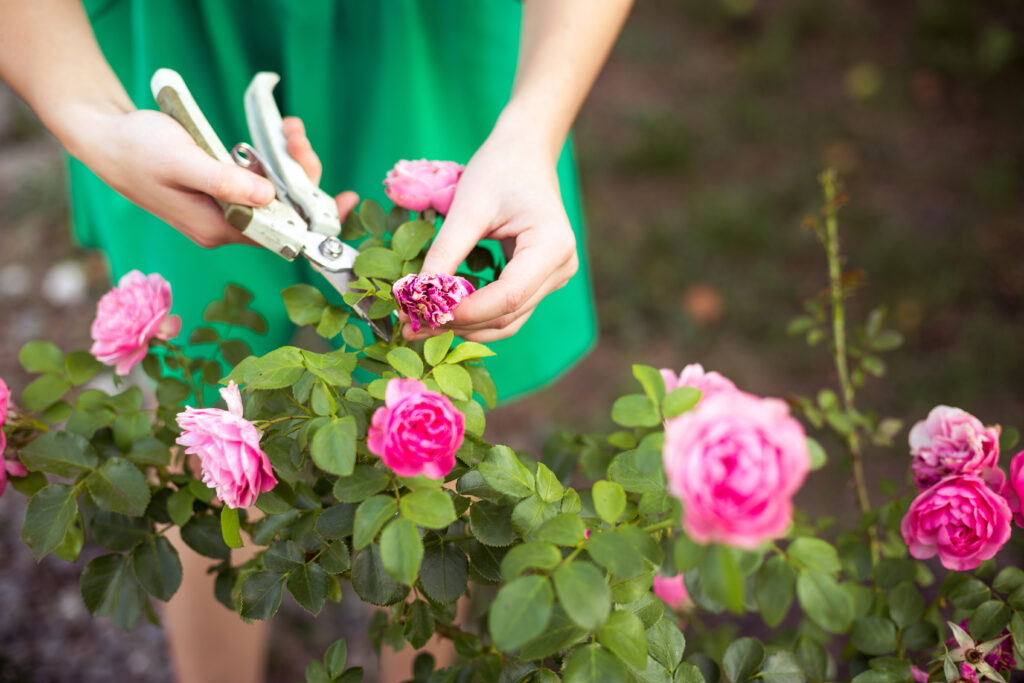
Tips for Feeding Your Early Spring Garden
Keep your garden happy and healthy with the right nutrients and protection to encourage lush growth and long-lasting blooms:
- Feed ericaceous shrubs (camellias, azaleas, rhododendrons, and pieris) with a specialist fertiliser. This helps them develop vibrant foliage and strong flower buds just in time for spring.
- After pruning, apply a slow-release rose feed to support healthy new growth and ensure an abundance of flowers throughout the summer months.
- Place slug barriers around young shoots of perennials like hostas to prevent early damage. Getting ahead of slugs now means less trouble later in the season.
Regular feeding and early protection are simple steps that make a big impact. By giving your plants the right care now, you'll set them up for a healthy and productive growing season.
Pruning in March: Roses, Wisteria, and More
March is the prime time to prune several key plants before the burst of spring growth begins. Pruning not only helps shape plants but also encourages healthier growth and better flowering or fruiting throughout the year. Here's how to do it right:
How to Prune Roses
- Cut back to strong, outward-facing buds to shape the plant and encourage outward growth.
- Remove any weak, dead, or crossing stems to promote healthy air circulation and reduce the risk of disease.
- Aim to open up the centre of the plant, allowing sunlight and airflow to reach inner branches, which helps prevent mildew and black spot.
Pruning roses in March helps rejuvenate the plant after winter and sets it up for strong, healthy blooms throughout the summer. For a full guide on rose care, check out our article on planting and taking care of roses.
How to Prune Wisteria
- Finish winter pruning in early March, just before new growth begins.
- Cut back side shoots to 2–3 buds from the main stem. This directs energy to the flowering spurs and improves the floral display in late spring and early summer.
Regular pruning of wisteria not only encourages more blooms but also helps manage its vigorous growth.
How to Prune Apple Trees
- Complete any pruning before buds begin to break, usually by mid-March.
- Focus on creating an open, goblet-shaped structure to allow maximum sunlight and air into the canopy.
- Remove any dead, diseased, or crowded branches, which can impact fruit quality and lead to pest or disease problems.
Pruning apple trees correctly at this time of year will help improve fruiting, maintain tree shape, and prevent future problems.
Extra March Gardening Tips
- Cover new seedlings with fleece during late frosts. March weather can be unpredictable, and protecting tender seedlings now helps prevent setbacks and encourages healthy early growth.
- Water bulbs and perennials in dry spells to keep them thriving. While March typically brings some rainfall, it’s important to monitor soil moisture—especially for newly planted flowers and vegetables.
- Sketch out ideas for low-maintenance flower beds to keep your garden looking great with less work. Planning ahead now will make it easier to choose hardy, drought-tolerant plants that require minimal upkeep throughout the season.
These small but essential tasks can help you stay ahead and ensure your garden is resilient, healthy, and bursting with life as the growing season progresses.
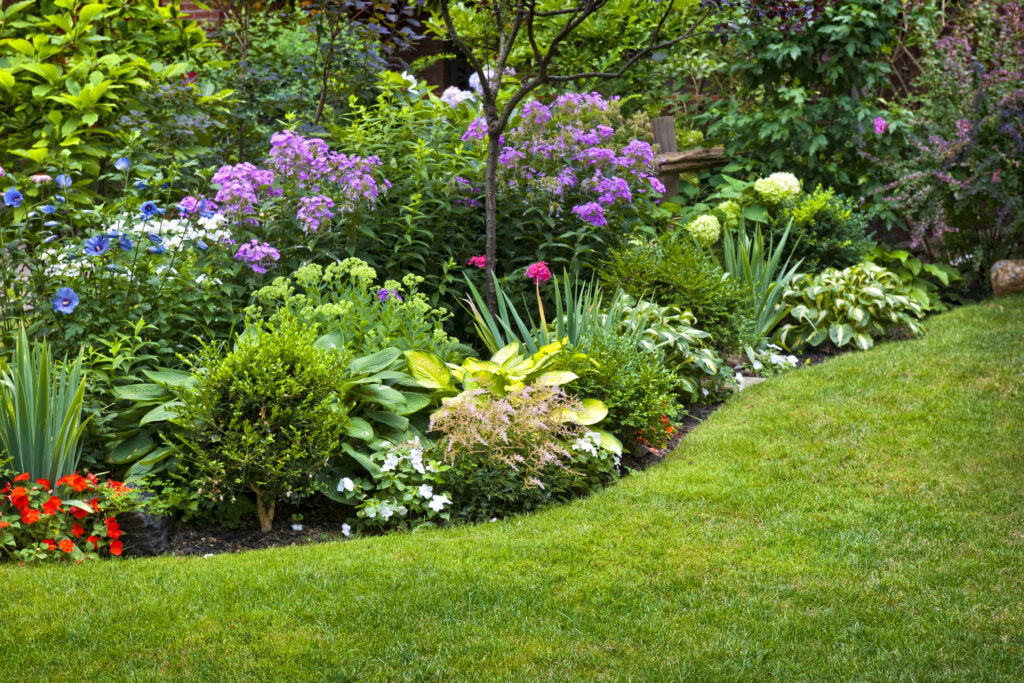
Prepare Your Garden for Spring with Woodies DIY
March is all about setting the stage for the months ahead. With the right garden maintenance, pruning, and planting, you’ll be well on your way to a thriving and colourful garden. Whether you're tackling March gardening jobs for the first time or you're a seasoned grower, this month offers endless opportunities to grow, clean, and create a garden you love. Check out our April garden jobs for next month's tasks. Need more advice? Drop into your local Woodie’s garden centre to chat with our horticulturists or check out more tips on Woodie’s Community.
Frequently Asked Questions
Which Bulbs Flower the Earliest?
Snowdrops, crocuses, and winter aconites are among the first bulbs to bloom, often flowering in late winter to early spring—even as early as February. They bring a welcome burst of colour just as the garden wakes up.
What Flower is First to Blossom in Spring?
Snowdrops are typically the first flowers to bloom in spring. Their delicate white petals often push through the soil even while there’s still frost on the ground, signalling the end of winter.
Is March Too Early for Flowers?
Not at all! March is perfect for planting summer-flowering bulbs and hardy annuals. You’ll also start seeing early bloomers like daffodils, crocuses, and primroses already in flower, depending on the weather.
What Plants are Easiest to Grow in March?
Try easy-to-grow vegetables like salad leaves, carrots, and broad beans. For flowers, go for hardy options like marigolds, geraniums, and sweet peas. They’re great for beginners and thrive when planted in March.
What is the Best Temperature for Gardening?
A daytime temperature of around 10–15°C (50–59°F) is ideal for early gardening. This range supports seed germination and root growth without risking frost damage.
How Should I Prepare My Soil After Winter Before Planting Begins?
Start by removing weeds and old mulch. Loosen the soil with a fork to improve drainage and aeration. Then, mix in compost or organic matter to enrich it—this boosts nutrients and supports healthy new growth.